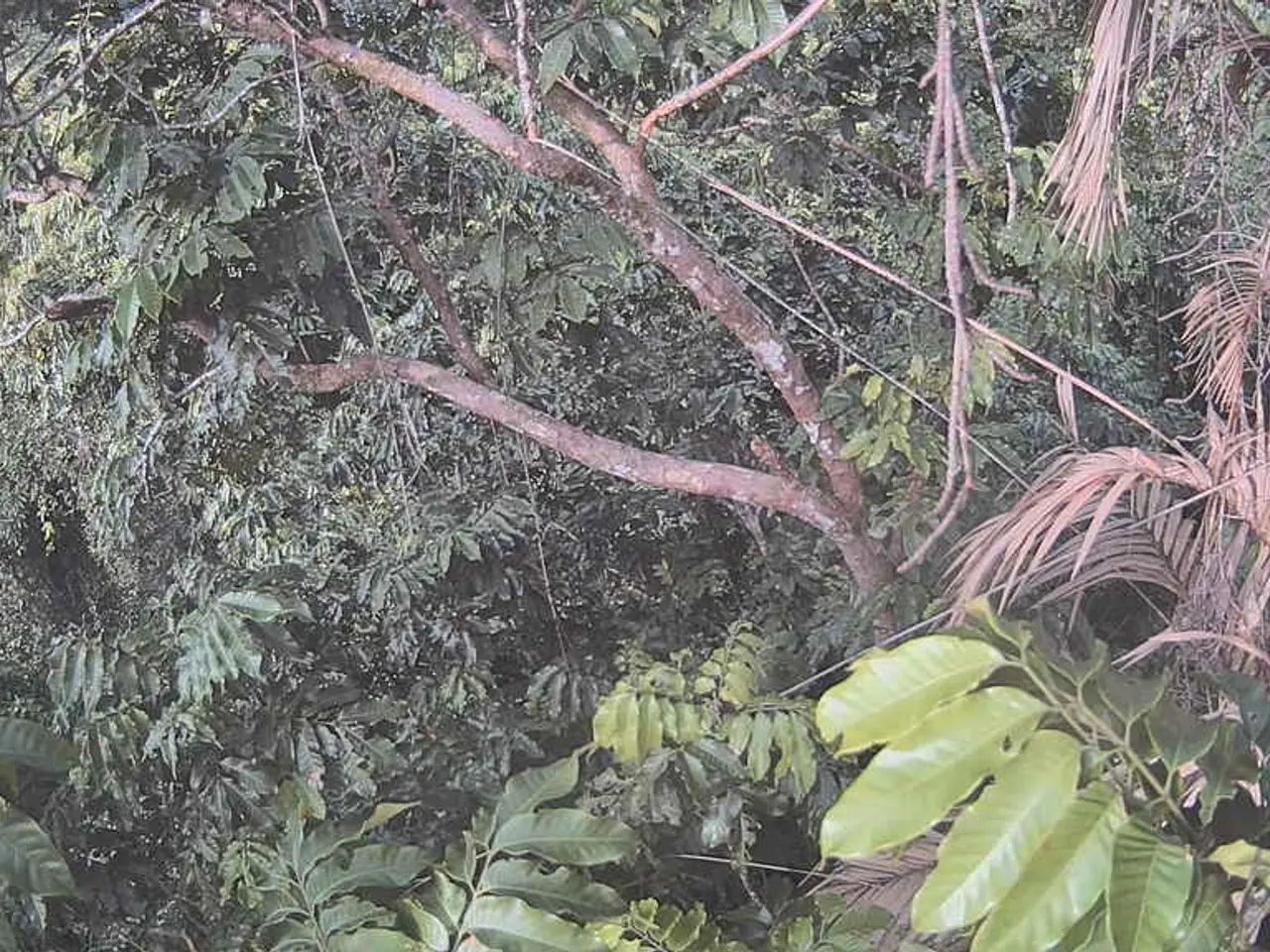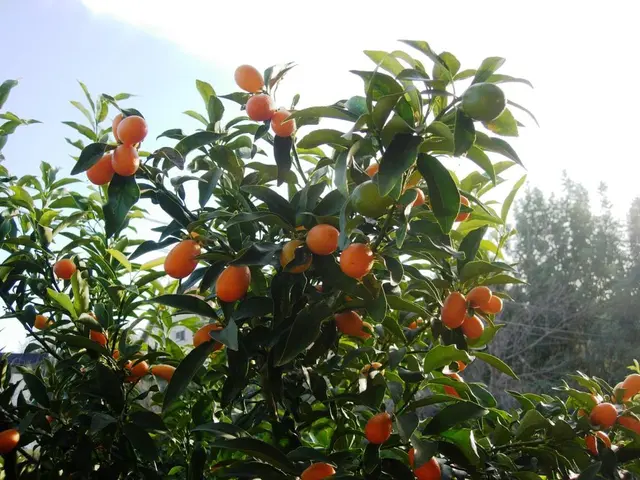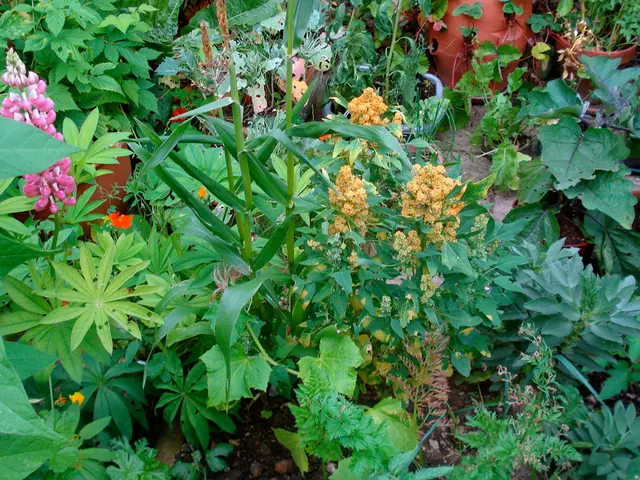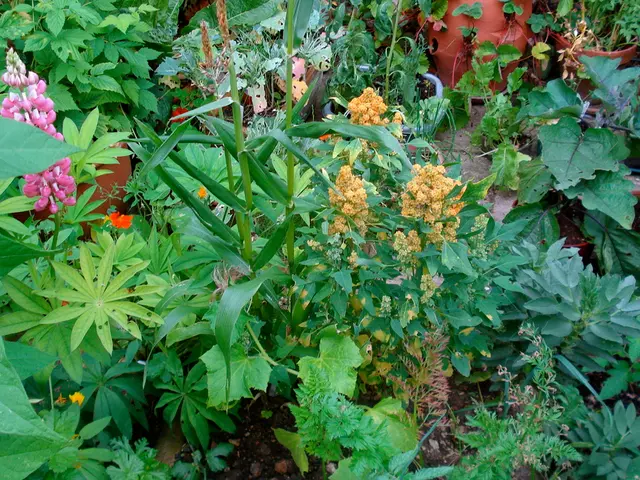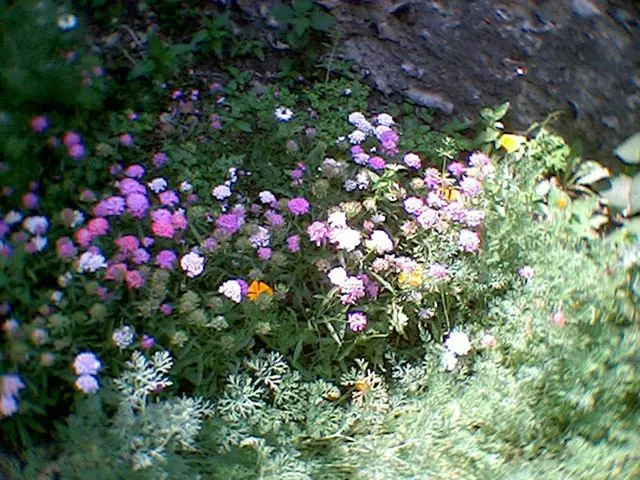Ideal Soil Compositions for Thriving Palm Trees
Palm plants, known for their tropical charm and versatile growth, thrive in specific soil conditions to ensure healthy growth and productivity. This article provides an overview of the ideal soil types, drainage requirements, nutrient needs, and additional recommendations for palm plants.
### Soil Types and pH
Palms thrive best in rich, well-drained soils that have good organic content without being heavy or waterlogged. Soils with a pH between 5.5 and 7.5 (slightly acidic to neutral) are optimal for most palms, including varieties like oil palm, coconut palm, date palm, and species like Ceroxylon parvum. A well-structured soil that maintains air pockets for root oxygen but also retains some moisture is ideal. For species such as *Ceroxylon parvum*, a mix including potting soil, coarse sand, pumice or perlite, forest products, and organic matter is recommended to simulate their natural environment.
### Drainage Requirements
Well-drained soil is critical to prevent root rot and other moisture-related problems. Palms need moist but not soggy soil. For planting, the root ball should be positioned level with or slightly above the surrounding soil to facilitate drainage and avoid excess moisture around roots. Soil should allow excess water to drain quickly while still retaining some moisture to support growth. This balance helps maintain healthy roots and prevents fungal diseases.
### Nutrient Needs
Palms require nutrients like nitrogen, potassium, magnesium, and boron for sustained fruiting, strong growth, and overall health. Nitrogen is particularly important for vigorous leaf and trunk development, while potassium supports fruit production. Regular fertilization with palm-specific fertilizers rich in potassium (K) is often recommended. Adding organic matter and sometimes native soil from established palms can improve soil microbiome and nutrient availability, helping young palms establish better.
### Additional Recommendations
Ensure consistent watering during establishment but avoid overwatering. Palms like date palms become more drought-tolerant once established but still prefer moist, well-drained conditions early on. Good soil depth is important for root spread. For juvenile palms, a minimum soil depth of 30 cm, increasing to 45-60 cm for larger plants, is advised to accommodate root development. Soil temperature should remain above 15°C (59°F) for active root growth in species adapted to tropical and subtropical climates.
---
In summary:
| Aspect | Ideal Soil Conditions for Palms | |-------------------|---------------------------------------------------------| | **Soil Type** | Rich, loamy, well-drained; avoid heavy clay or waterlogged soil | | **pH Range** | 5.5 to 7.5 (slightly acidic to neutral) | | **Drainage** | Excellent drainage; moist but not soggy soil; root ball at soil surface level or slightly above | | **Nutrients** | High nitrogen, potassium, magnesium, boron; regular palm-specific fertilization | | **Soil Structure**| Air pockets for oxygen; moderate organic content (15-25%); stable, non-compacting | | **Soil Depth** | Minimum 30 cm for juveniles, 45-60 cm for mature palms | | **Temperature** | Soil temperature > 15°C for root activity |
These conditions collectively promote healthy root development, nutrient uptake, and growth for various palm species across tropical and subtropical environments.
Gardening and maintaining a home-and-garden with palm plants requires understanding their lifestyle preferences, particularly the soil conditions they thrive in. Rich, loamy, well-drained soils with a neutral pH between 5.5 and 7.5 are ideal, as they provide the right balance of nutrients and drainage for palm plants like oil palm, coconut palm, date palm, and Ceroxylon parvum. A well-structured soil with air pockets for root oxygen and moderate organic content is essential to simulate the natural environment of species like Ceroxylon parvum.
